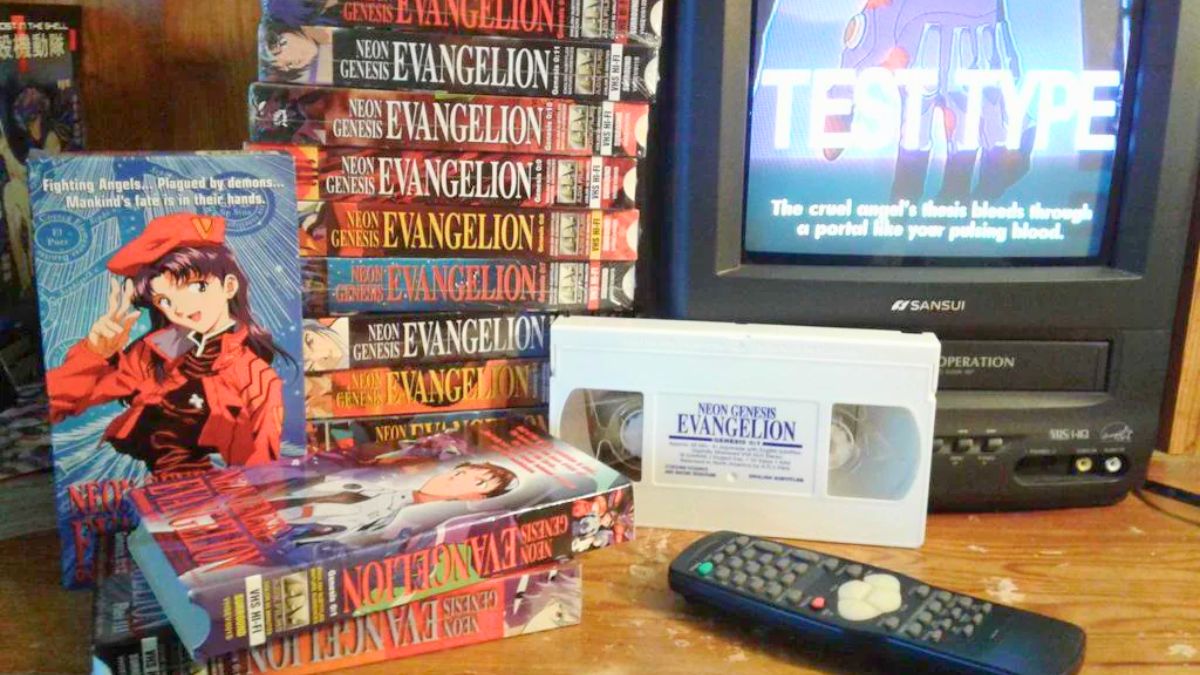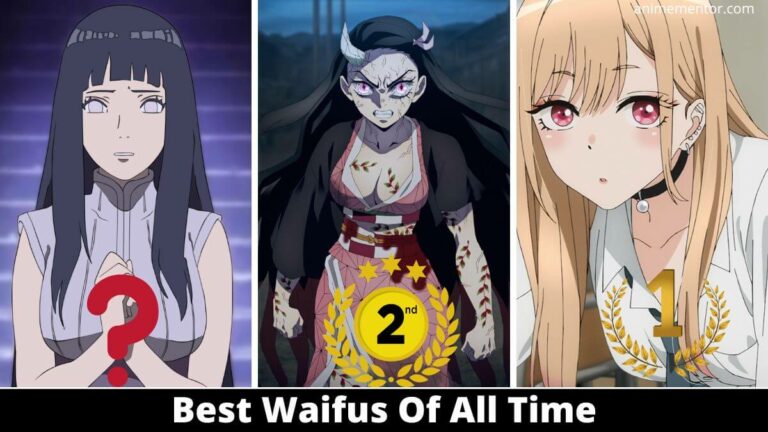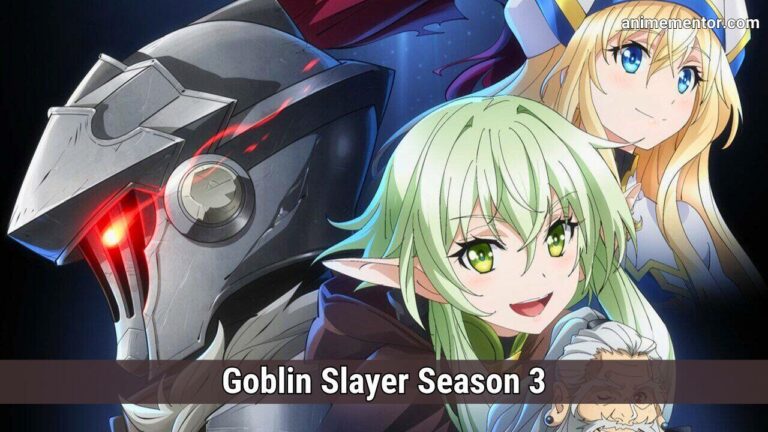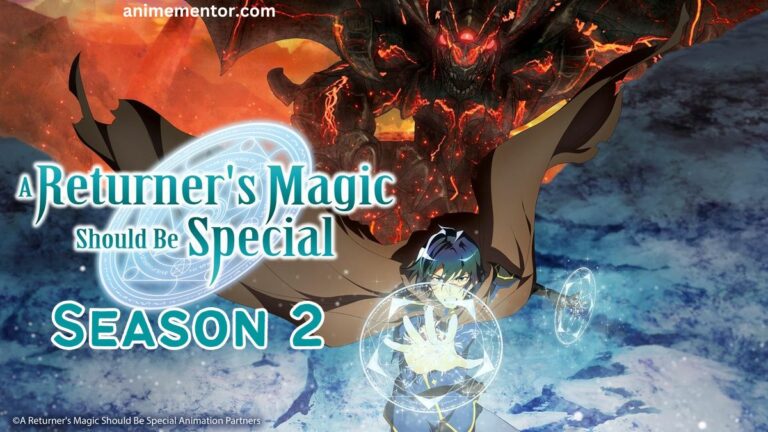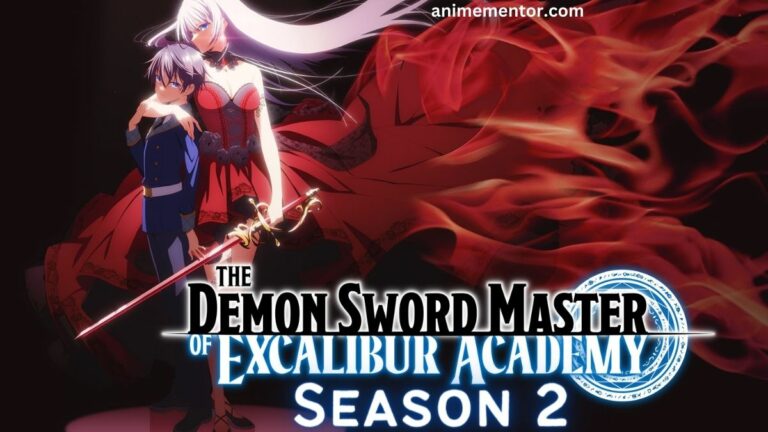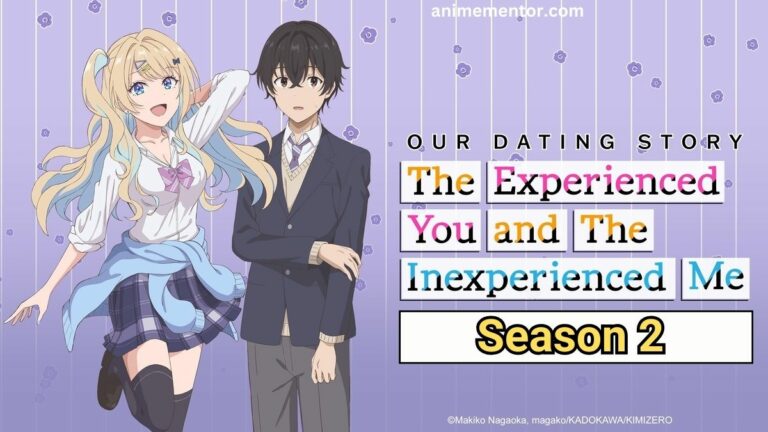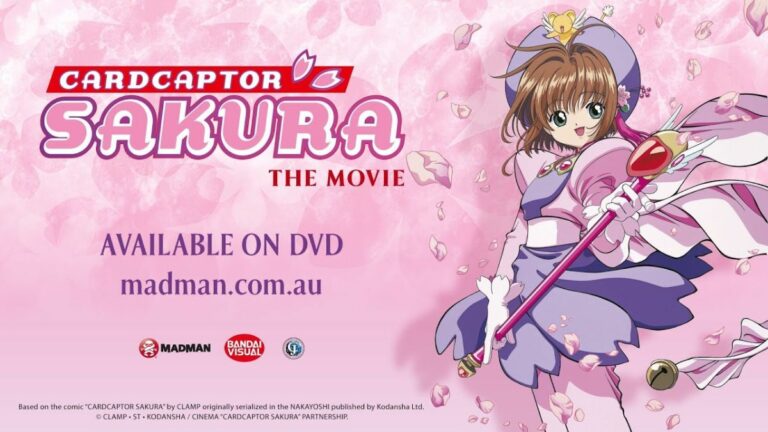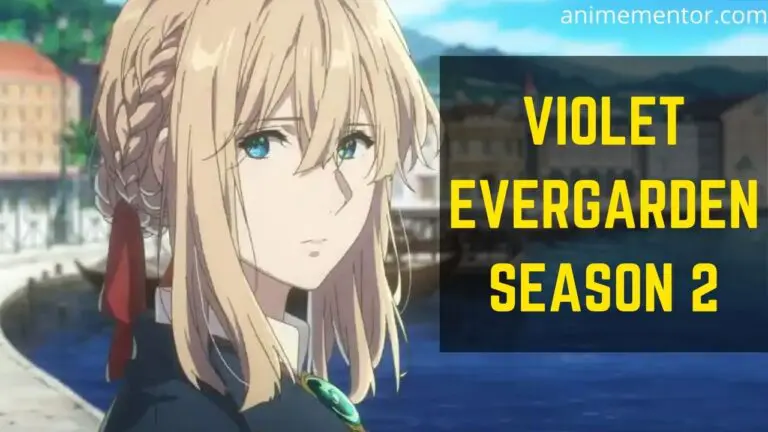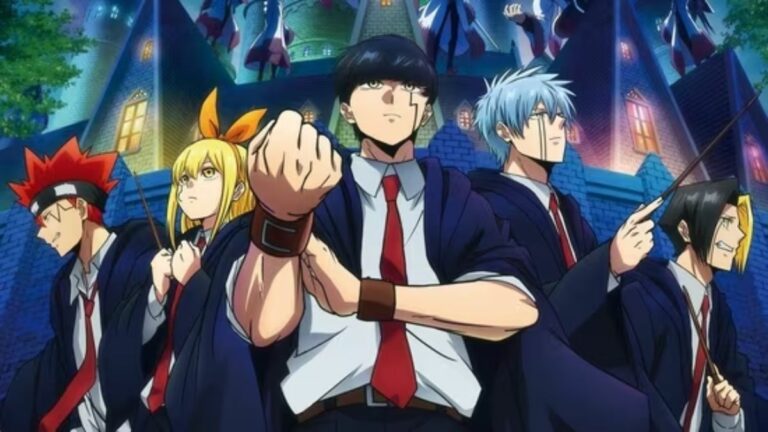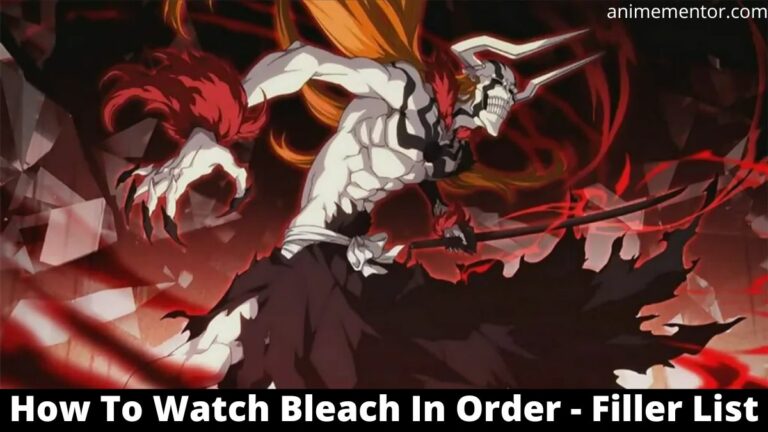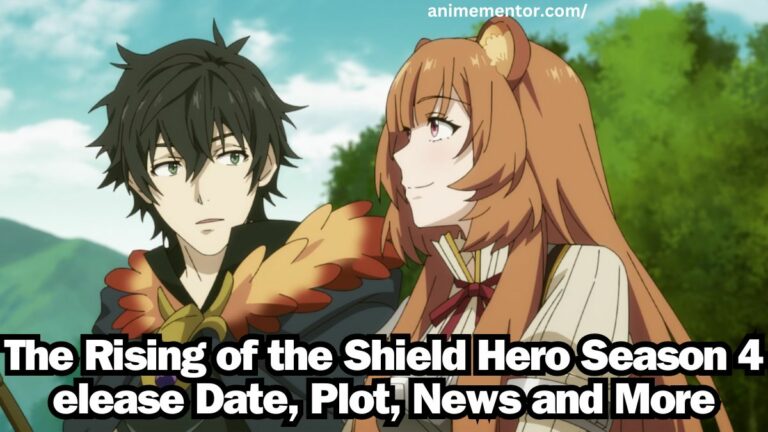You might have noticed many of your favorite long-running anime have OVA episodes. So what were these OVA things?
For those who watch anime on television, however, this might be a newer concept you’re just finding out. OVA stands for Original Video Animation and is a direct-to-video addition to anime which isn’t part of its regular release schedule.
I was used to just watching the regular weekly anime episodes on TV or streaming sites. As an anime fan, I was confused at first when I started hearing about OVAs. So here I will share all the details I know about Original Video Animation.
What Is an OVA?
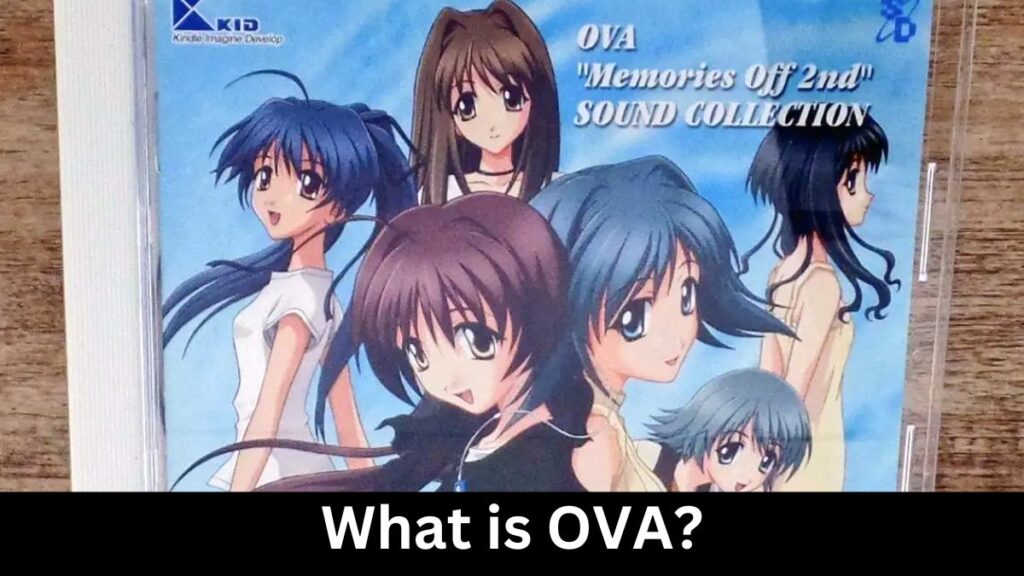
OVA stands for Original Video Animation. Basically, they are created specifically for release in home video formats, unlike normal episodes which air on TV first.
They are generally smaller episodes or seasons which add to the depth of the series. They provide original creators with a lot more flexibility as they can stretch out their talents as writers rather than being overly reliant on source materials.
By covering shorter stories and focusing on side characters or even having arcs of their own, these are extremely fun while providing a full package of entertainment to fans.
In recent years, Original Video Animation has sometimes been bundled together with manga volumes as extra content for fans which are called OADs (original animation DVDs).
OVA Format

OVAs typically have higher production values, animation quality, and creative freedom compared to regular televised anime. Episode lengths vary widely from just a few minutes to over two hours, with many OVA series consisting of episodes grouped into volumes that are 30-60 minutes long.
OVAs often serve as sequels, side stories, or bonus content for existing anime franchises, allowing for more detailed plots, character development, and mature content than a television series format would.
Additionally, many popular anime first begin as Original Video Animation and later get adapted into television series if successful. While most OVAs are short series of 4-8 episodes meant to be watched in order, one-episode OVAs also exist to offer side stories for popular TV anime.
OVAs provide opportunities for anime productions with higher budgets aimed at specific target audiences of anime fans rather than general television viewership.
OVA History:
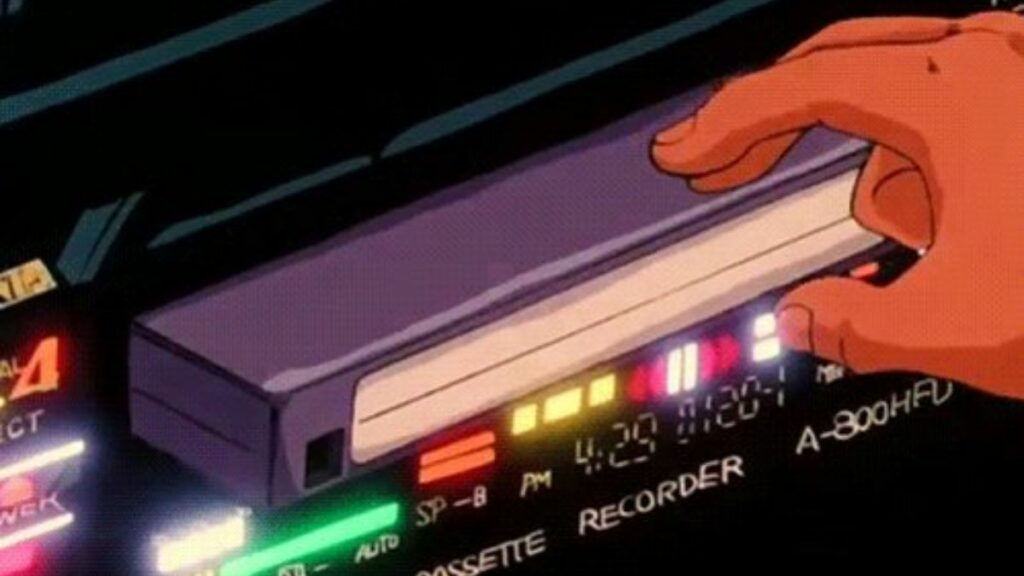
Back in the 1980s, VCRs became really popular in Japanese homes. This created a huge demand for anime that people could watch at home on video. To meet this demand, anime production companies started making original animated stories and films that were released directly on video tapes instead of being aired on TV first. These were called “original video animations” or OVAs.
OVAs gave creators more freedom to make cool anime with mature content and high production values since they didn’t have to follow all the rules for television. A lot of famous anime series got their start as OVAs, like Bubblegum Crisis and Tenchi Muyo. Fans loved being able to just go buy or rent new anime episodes straight from the video store.
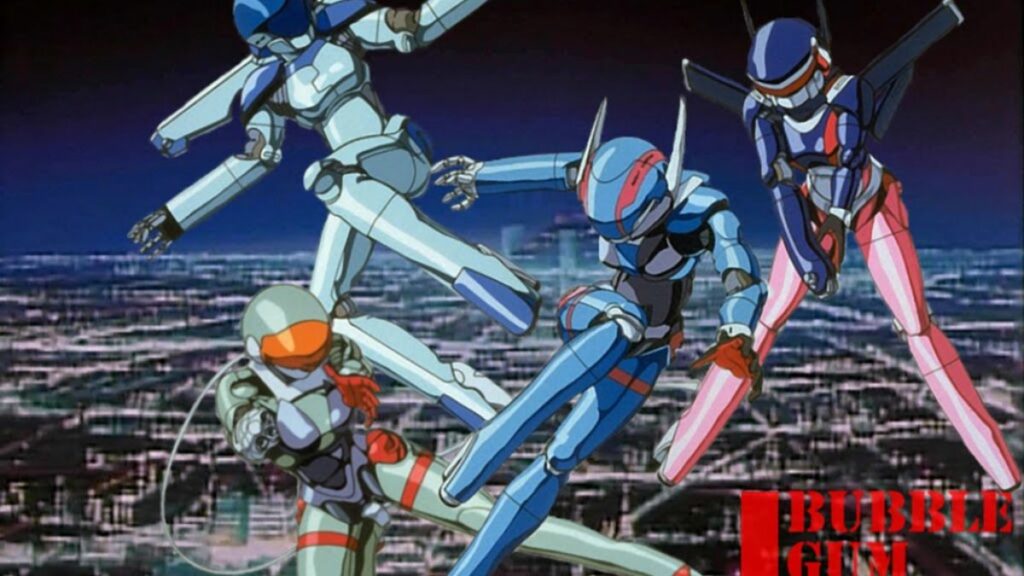
In the 1990s, the Japanese economy went downhill, so fewer OVAs were made. More anime was designed to run on TV first. But in the 2000s, a new OVA trend started up of releasing special DVD-only episodes for existing TV anime series. This blurred the lines between TV anime and direct-to-DVD releases.
Are OVAs Canon?
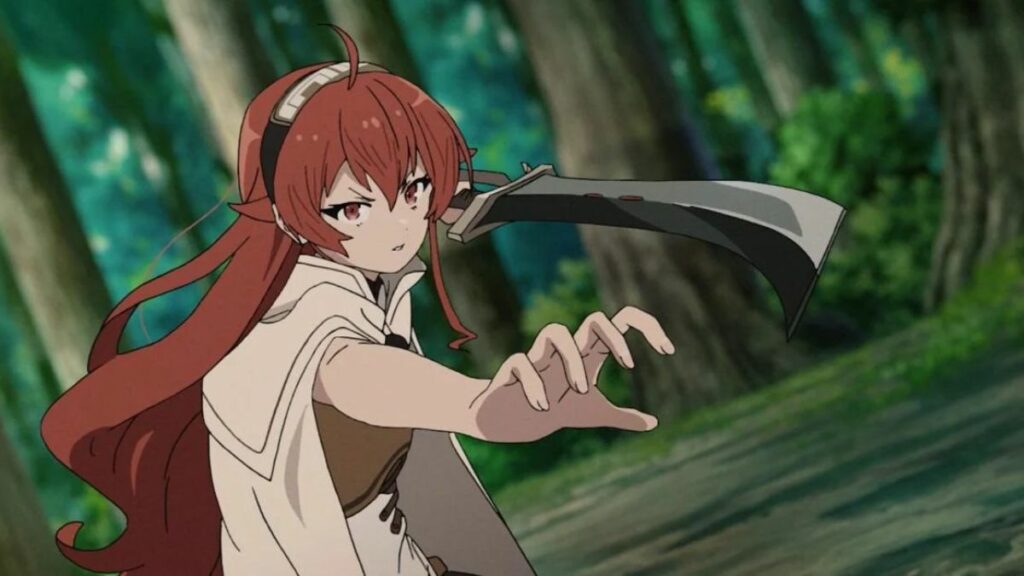
OVAs are also often used to promote content such as video games, light novels, and mangas. In most cases, they are seen showing sub-stories of an anime. This brings up the question of whether they are canon to the story or not. There are various factors that affect whether an OVA is a canon or not:
- Consistency With the Original Anime: There are many instances where characters who show up in an OVA episode show up in the regular anime as well. Adding to this, if the setting and development of events are consistent with the anime as well, most fans consider it to be Canon.
- Creator Involvement: The most important word which people trust when it comes to the canon debate is that of the original mangaka or creator of the series. If their involvement, consent, and views were taken into consideration while coming up with the OVA and if it will play relevance in the anime, it is almost guaranteed to be Canon.
- Mentioned in Canon: If events and characters in the OVA episode are mentioned in the main series and play any sort of role, no matter how minor, then the OVA also has significance and is considered Canon.
Hence, it is not necessary for OVAs to fit into the category of Canon or Not Canon as they can be both depending on the series. While their production quality might be a bit inferior, they are still a great way to dive deeper into the anime and connect with it on a deeper level.
OVA VS ONA
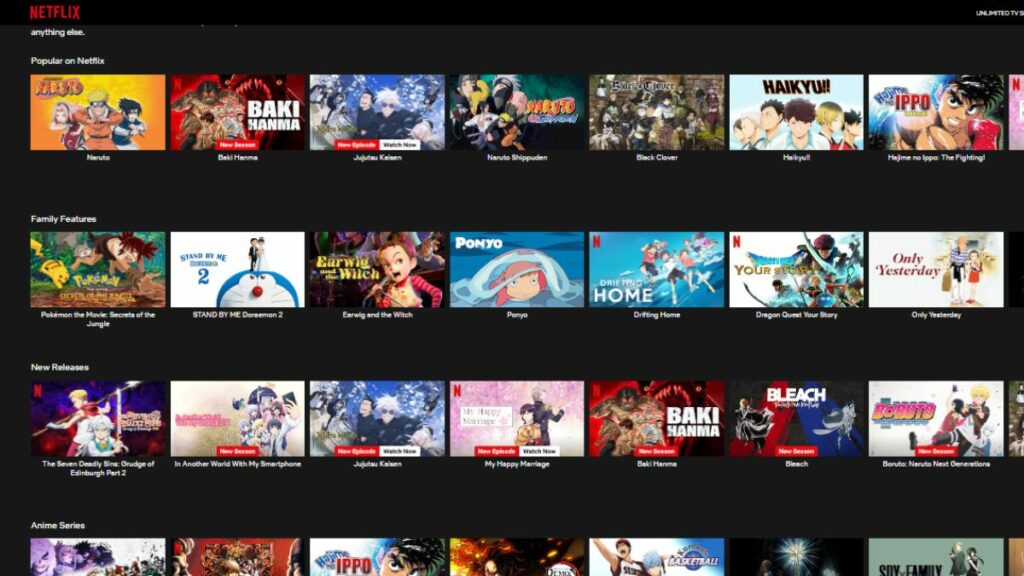
OVAs have declined in recent years as the original net animation (ONA) format grew rapidly. ONAs utilize web streaming for distribution, releasing episodes online weekly to satisfy anime fans’ demand for timely access to new content.
The success and convenience of the ONA streaming model is influencing modern OVA productions as well. For example, some new OVA series first release episodes through streaming and then bundle them into physical home video volumes.
Are OVAs Good?
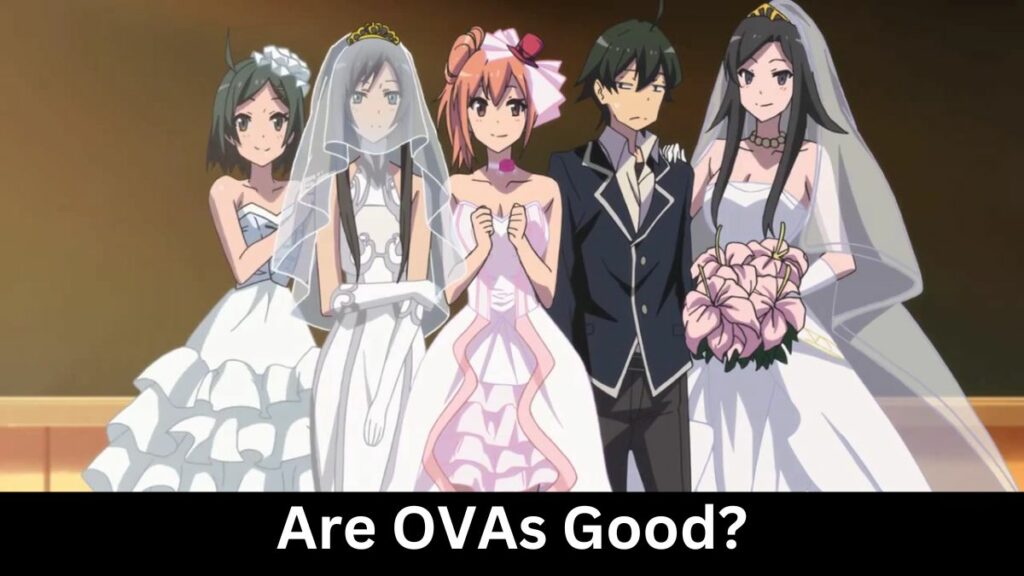
As an anime fan for many years, I’ve noticed that OVAs tend to be special episodes that go above and beyond normal TV series episodes. The animation quality is usually higher, with more detailed art and fluid motion. The stories and themes also seem more mature or experimental compared to a long-running mainstream anime. I like OVAs because they let the creators have more freedom.
Some of my favorite OVAs over the years have been the Rurouni Kenshin Trust and Betrayal arcs that explored Kenshin’s past. The animation was movie-quality and the tone was darker and more serious than the TV series. Madoka Magica also had some thought-provoking OVAs that expanded on the mythical backstory.
More recently, I loved the My Hero Academia OVAs that focused on fun side stories like the heroes fighting in baseball competitions. They took the characters out of their normal environment and let their personality shine.

